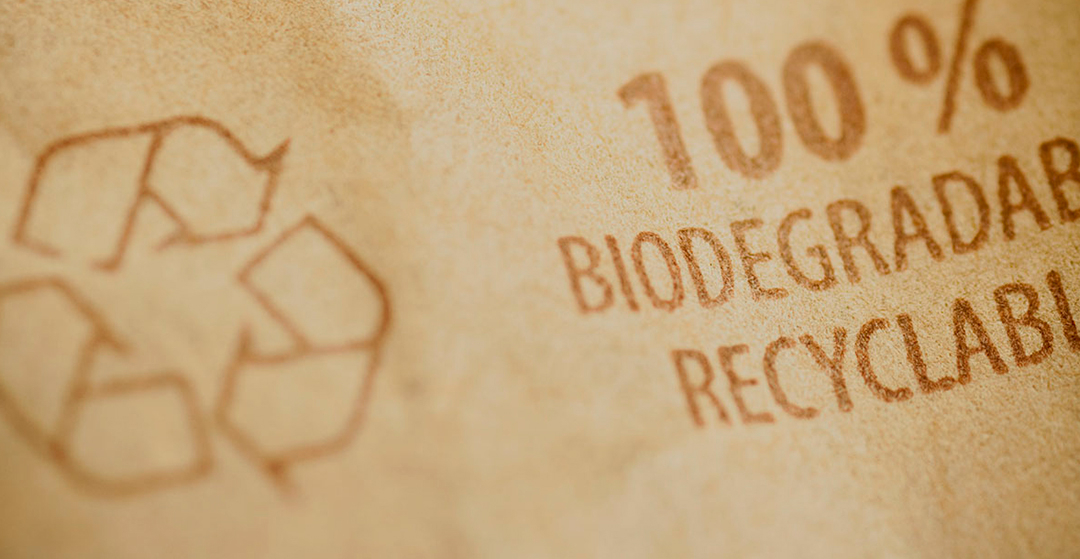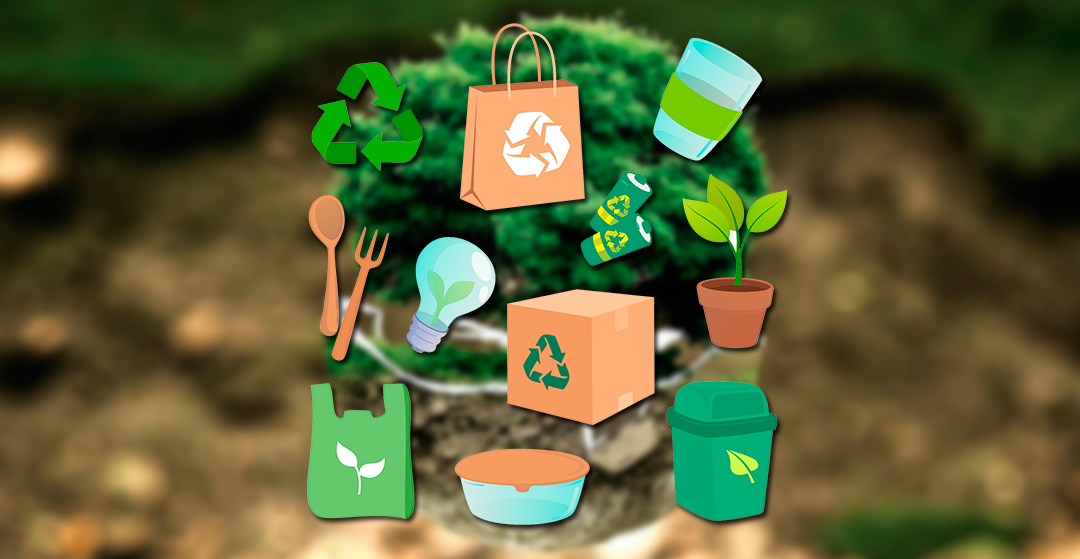
The time has come to consume with more awareness. The United Nations has already set a clear challenge for 2030: "Substantially reduce waste generation through prevention, reduction, recycling and reuse activities".
Changing our habits when buying products or food should also be reflected in what is used to deliver them: packaging.
The containers, packaging or bags used to wrap gifts or products have also become part of it and everyone is aware of the trend towards sustainability in the industry which, little by little, is adapting to new production technologies that are more respectful of the environment at the same time that they consider a fundamental element in their marketing strategy to replace conventional packaging with biodegradable packaging.
In addition, companies specialized in packaging have wanted to make their packaging completely sustainable.
CONCEPTS OF BIODEGRADABLE PACKAGING
First of all, the main thing is to define what biodegradable material is.
It is said that a material is biodegradable when it can be decomposed by the action of microorganisms such as bacteria or fungi in a short time to be transformed into nutrients, CO2, biomass and water.
Likewise, a material will only be considered biodegradable if it is capable of decomposing without leaving any toxic residue in the environment, as well as chemical elements or gases.
In this way, we can affirm that a biodegradable container or packaging is the packaging of a product that can degrade in the natural environment and does not generate any waste.

DIFFERENT TYPES OF BIODEGRADATION
These are the two main types of biodegradation of materials:
· Aerobic biodegradation: Aerobic biodegradation refers to the degradation of a material when it is carried out in the open air and exposed to oxygen.
· Anaerobic biodegradation: Anaerobic biodegradation is understood as the degradation of a material without oxygen, as well as the degradation of a buried material.
WHAT FACTORS CONDITION BIODEGRADATION?
The biodegradation of a material depends on different factors:
· Specific characteristics of the material: Depending on how much or how little the material can be degraded, we will be in front of a material that will have a higher or lower degree of biodegradation.
· Environmental conditions: The weather greatly influences the degradation of a material in the environment. A warm environment will favor a material to biodegrade more easily than in a cold place.
DIFFERENT TYPES OF BIODEGRADABLE MATERIALS
More and more frequently the package are made with biodegradable materials. A material that can be paper, cardboard or any type of material that is organic. When a package is made with a biodegradable packaging material, we speak of biodegradable packaging.
BENEFITS AND IMPORTANCE OF THESE MATERIALS
Biodegradable packaging provides different advantages, among which the following stand out:
· They contribute to the life cycle following its course. This type of packaging does not end the life cycle, since microorganisms can continue to consume them.
· They do not pollute the environment. These packages do not produce waste or release chemical elements or polluting gases into the atmosphere and, therefore, contribute to reducing the carbon footprint.
· They quickly disappear from the environment. These packages do not remain in nature and, therefore, do not cause changes in the life of other living organisms. This way, no fish gets caught in their rings like soda can rings do.


